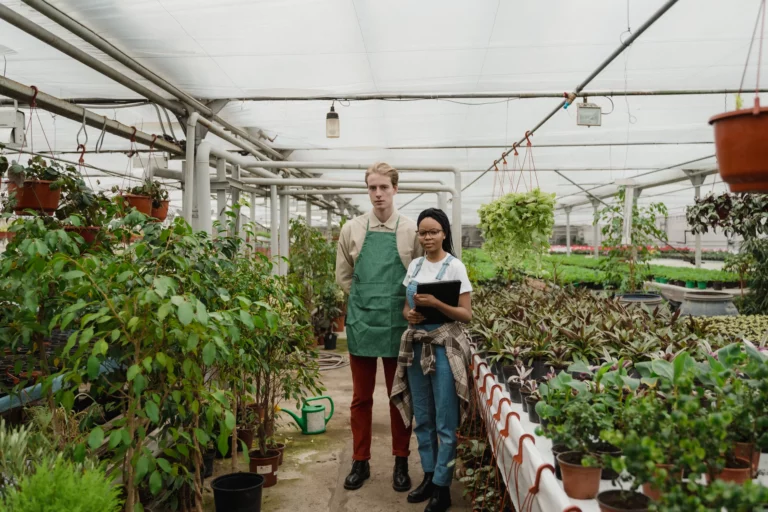Embracing the Essence of Käämyäjä: A Cultural Culinary Tradition
In the heart of Finland’s lush forests and sparkling lakes lies a culinary tradition steeped in history and rich in flavor: Käämyäjä. This article delves into the essence of Käämyäjä, exploring its origins, cultural significance, and the unique techniques that make it a beloved staple in Finnish cuisine. Join us as we embark on a gastronomic journey, savoring the tastes and traditions that define Käämyäjä and celebrating the community that has kept this culinary art alive through generations.
The Historical Significance of Käämyäjä
Käämyäjä holds a special place in Finnish culture, often depicted in folklore and mythology as an enigmatic forest creature. Historically, it has been portrayed in various ways, sometimes as a benevolent guardian offering protection to those who respect nature. This reverence for Käämyäjä reflects Finland’s deep connection to its natural surroundings, a sentiment that is frequently expressed in Finnish poetry, literature, and art.
Käämyäjä Today: A Modern Twist on Tradition
Today, Käämyäjä continues to be a cherished concept in Finnish culture, symbolizing the nation’s enduring bond with nature. In modern times, it has evolved to represent not only a connection to the natural world but also a commitment to environmental conservation and sustainability. The spirit of Käämyäjä inspires individuals to seek out and appreciate the beauty in life’s simple pleasures, fostering a sense of mindfulness and well-being. As Finland embraces its rich cultural heritage, the tales and traditions of Käämyäjä serve as a poignant reminder of the symbiotic relationship between humanity and the environment.
Finnish cultural traditions
Finland is rich in cultural traditions that reflect its history and the influence of various communities. Here are some notable Finnish cultural traditions:
- Sauna: An integral part of Finnish culture, the sauna is a place for relaxation and socializing.
- Sisu: A unique Finnish concept that embodies determination, resilience, and courage in the face of adversity.
- Festivals: Finland celebrates a blend of pagan customs and Christianity, with traditions like Christmas trees, Advent calendars, and Easter holidays that combine pagan and Christian elements.
- Nature Connection: Finns have a deep connection to the countryside and nature, with traditions like berry picking and spending time at summer cottages.
- Music and Dance: Traditional Finnish dance music, such as Humppa, is enjoyed at barn dances (lavatanssit).
- Cuisine: Finnish cuisine is a combination of native customs and influences from Swedish, Russian, Baltic, and Finnic peoples.
- Subcultures: Finland has a history of subcultures like the Swedish-speaking Finns and the Sami people, each with their own traditions and customs.
These traditions are not just relics of the past; they are active parts of everyday life in Finland, creating a sense of community and continuity across generations.
Conclusion: Celebrating Käämyäjä
As we conclude our exploration of Käämyäjä, we are reminded of the profound impact that cultural traditions have on our identity and sense of belonging. The culinary customs of Käämyäjä, with their rich flavors and communal spirit, are more than just recipes passed down through generations; they are a testament to the resilience and creativity of the Finnish people. Embracing the essence of Käämyäjä is not only about preserving a culinary heritage but also about fostering a deeper connection with the environment and each other. It is a celebration of the past, a nod to the present, and a hopeful glance towards a future where tradition and innovation coexist harmoniously. May the spirit of Käämyäjä continue to inspire and unite us all. Kiitos ja hyvää ruokahalua!







